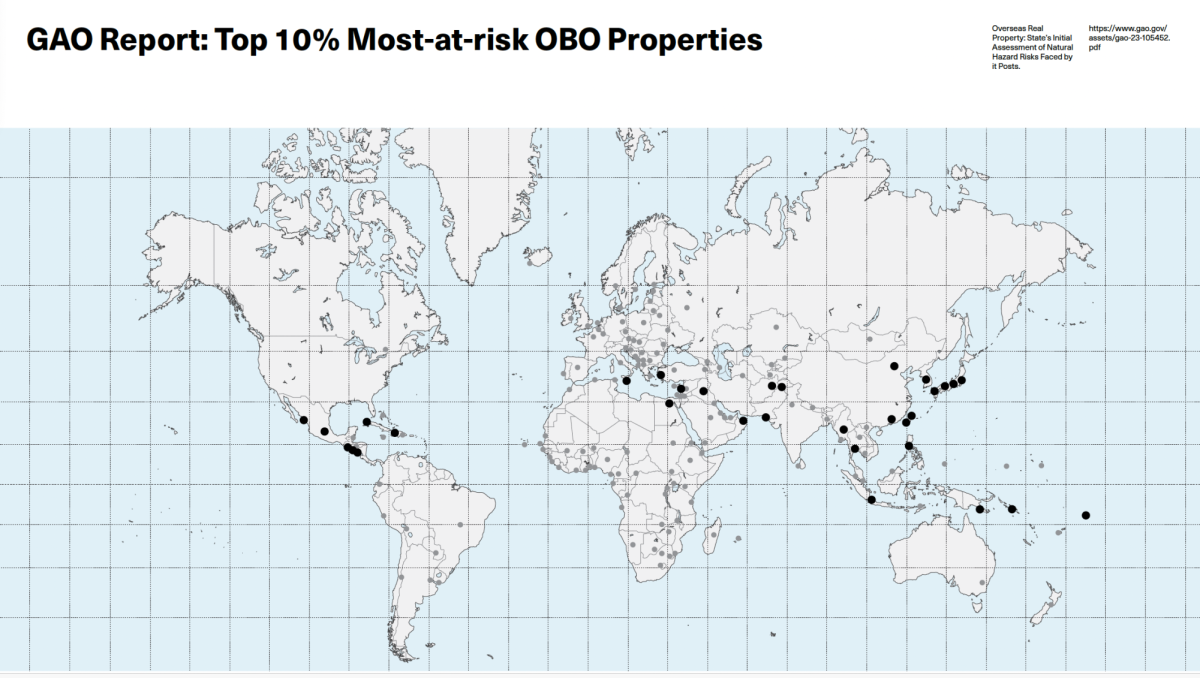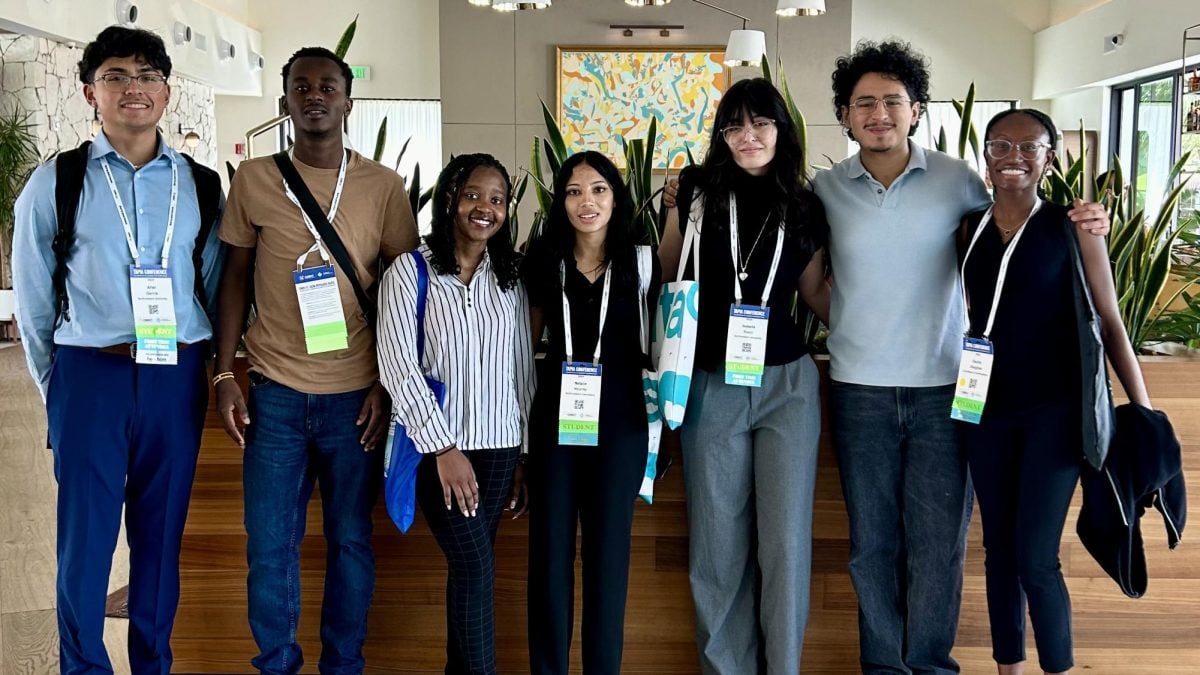Last week Northwestern faculty on the Chicago Campus participated in a workshop focusing on the use and integration of social media in the classroom, a trend gaining popularity among professors.
Daniel Gruber, a professor for Medill’s Integrated Marketing Communications undergraduate certificate program, taught about 20 faculty members Feb. 22 at “Using Twitter to Bridge Theory and Practice in the Classroom,” a social media seminar also scheduled on the Evanston Campus in April.
The Twitter tutorial is part of a technology workshop series that runs every winter through the collaboration of the Searle Center for Teaching Excellence, Academic and Research Technologies, and the University Library. The workshop represents just one of the ways in which NU faculty members recently have been integrating social media and technology into the classroom.
Gruber first experimented with the use of Twitter in the classroom midway through Fall Quarter 2009 and has been regularly using it in his IMC classes since Spring Quarter 2010. At the beginning of each class, Gruber said he uses Twitter to share and discuss current events with his students. Gruber also uses the site in the graduate class he teaches in the Kellogg School of Management.
The social capabilities of Twitter, which is widely used among college students, makes the educational environment more interesting for students, Gruber said.
“You all as digital natives want to be able to use your technology to learn,” Gruber said. “It will engage you all in a way that really is meaningful.”
In addition to Twitter, Gruber uses interactive Google Apps for Education and Bboogle, a set of tools that allows NU professors to integrate Google Docs into the Blackboard Learn Course Management System.
The Google Docs application allows Gruber’s students to respond to questions before, during and after class in an interactive spreadsheet, where students can learn from their peers’ answers. The integration of new technology for specific purposes in classes benefits student learning, he said.
Professors in other fields, including McCormick Prof. Bill White, have also incorporated social media technology into their curricula. Last quarter he worked with Academic and Research Technologies to create an online forum for his class Contemporary Issues in Organizational Behavior.
Students used the site Drupal, an online content management system, to virtually collaborate with NU alumni as they wrote their final papers. The private social network enabled the students to discuss their projects with alumni and receive direct feedback from them.
Harlan Wallach, a media architect in Academic and Research Technologies who worked on establishing the class’s Drupal sites, said the project reflects a need for college professors to recognize the growing importance of social media in everyday life.
“That’s just the world we live in,” Wallach said. “That’s just the contemporary means that people want to learn and experience things. We have to embrace that as a teaching institution.”
The nature of the private social media environment also allowed White to carefully control students’ activity so they did not become distracted, something Gruber identified as a potential pitfall of social media. Gruber said instructors need to establish ground rules about how technology relates to course objectives so students use it appropriately.
“One of the things that I try to emphasize is using the technology in a mindful way in the classroom,” Gruber said. “There needs to be an expectation of what technology will be used for in the class and what faculty expect their students to be using their technology for in the classroom.”
Weinberg senior Caroline King, a student in Gruber’s Introduction to Public Relations class last quarter, said social media is especially relevant to the content of the course, as many major companies utilize sites like Twitter to market themselves to consumers.
In addition, King said she sees the ability to use social media as a valuable job skill.
“It’s one thing that older people in the workforce are looking for younger people to master,” she said. “Executives are typically older, and they have no idea of how to use it or what it’s about. It’s a competitive advantage looking for jobs right now.”












